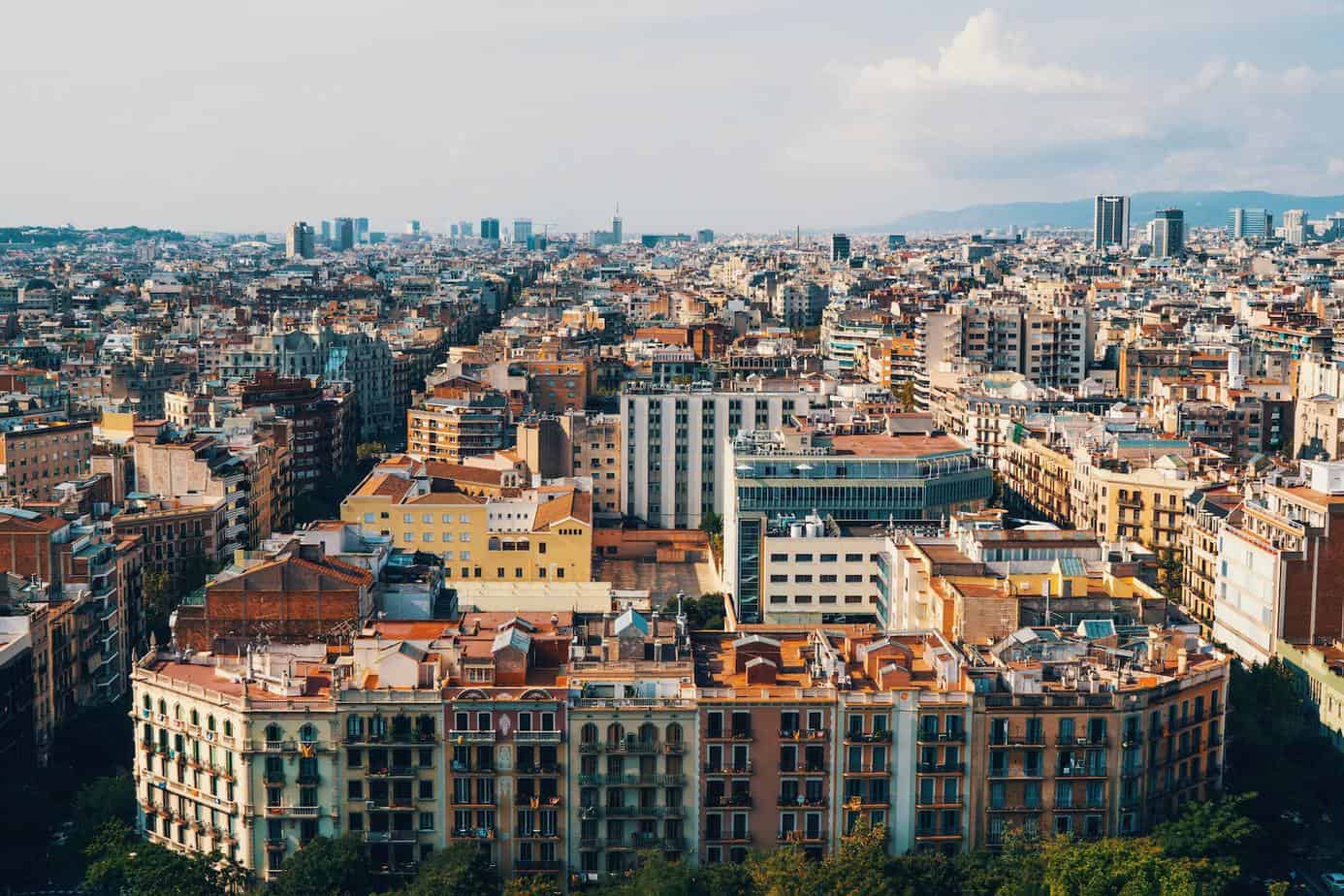Vienna, Austria apartments for rent
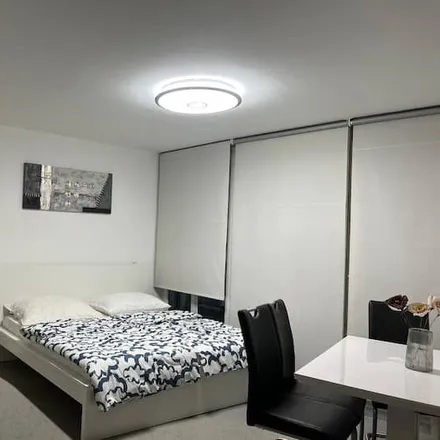
€2,736
Available: 02/03/2025
Listed: 23/07/2024
Felber, Guglgasse 6, 1110 Vienna, Austria
Discover the charm of our vibrant neighborhood in this cozy, well-appointed 3BR condo that offers the perfect blend of comfort and convenience for up to 6 guests.✔ Good location with numerous public transport options✔ Smart TV with free Netfl...
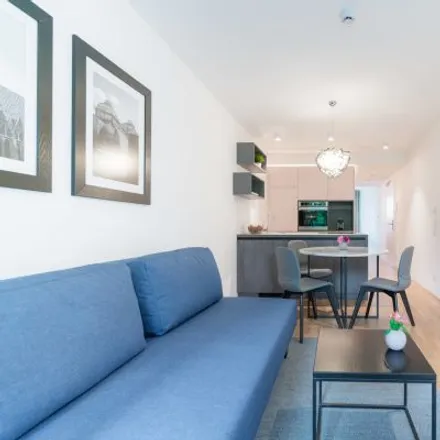
€2,546
Available: 06/09/2024
Listed: 26/07/2024
Hietzinger Kai 75, 1130 Vienna, Austria
Apartment Welcome to this premium business apartment with air conditioning and private terrace.It´s a 42 sqm business Apartment Vienna with own terrace and air conditioning. Only a few minutes away from the castle park, including hig...
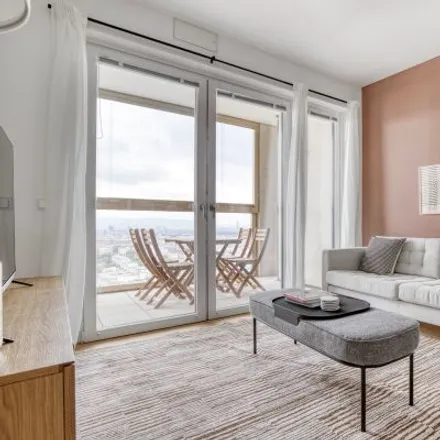
€2,323
Available: 12/08/2024
Listed: 22/07/2024
Döblerhofstraße, 1030 Vienna, Austria
Apartment Discover the best of Vienna, with this one bedroom apartment in 3rd district - Landstraße. with balcony views over the city It’ll be easy to simply show up and start living in this airy furnished apartment with its fully-equipp...
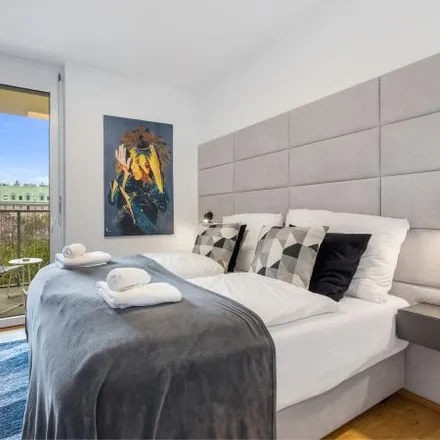
€3,205
Available: 01/08/2024
Listed: 26/07/2024
Erlachplatz 2, 1100 Vienna, Austria
Apartment This fully furnished apartment offers everything you need to experience an authentic Viennese way of life and enjoy Vienna with all its beauty and diversity.The apartment is on the fourth floor of a new building. You can ex...
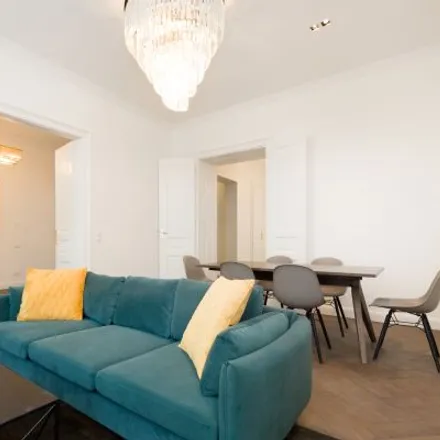
€4,490
Available: 01/09/2024
Listed: 26/07/2024
Volkertstraße 4, 1020 Vienna, Austria
Apartment High class furnished Apartment ViennaEquipment: electric stove, oven, refrigerator, freezer compartment, coffee machine, water heater, toaster, frying pan, cooking pot, Kitchenware, sofa, TV, double bed, hairdryer, ironing ...

€2,150
Available: 24/07/2024
Listed: 24/07/2024
Linke Wienzeile 280, 1150 Vienna, Austria
Apartment Discover the best of Vienna, with this one bedroom apartment in 15th district - Rudolfsheim-Fünfhaus. with balcony views over the city It’ll be easy to simply show up and start living in this beautifully furnished apartment wit...
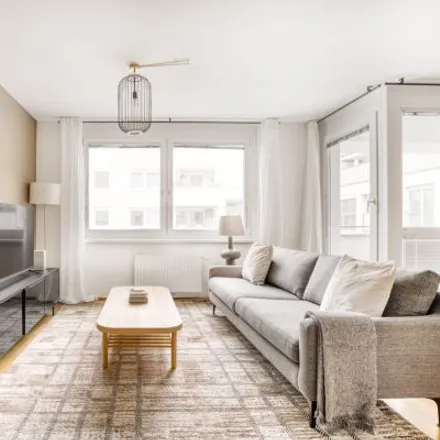
€2,387
Available: 01/09/2024
Listed: 26/07/2024
Wilhelm-Exner-Gasse 2a, 1090 Vienna, Austria
Apartment Show up and start living from day one in Vienna with this stylish one bedroom apartment. You’ll love coming home to this thoughtfully furnished, beautifully designed, and fully-equipped 9th district - Alsergrund home with stunn...
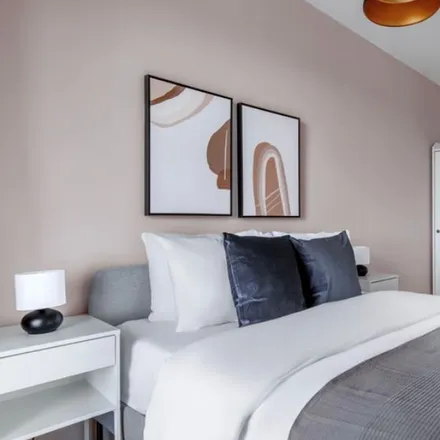
€2,370
Available: 20/04/2025
Listed: 23/07/2024
the one, Leopold-Böhm-Straße, 1030 Vienna, Austria
Show up and start living from day one in Vienna with this charming one-bedroom apartment. You’ll love coming home to this thoughtfully furnished, beautifully designed, and fully-equipped 3rd district - Landstraße home with stunning balcony views over...
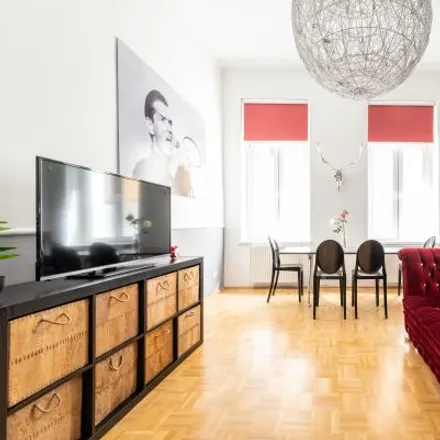
€2,079
Available: 28/09/2024
Listed: 26/07/2024
Spörlingasse 4, 1060 Vienna, Austria
Apartment Our characterful 1BR home will be your ideal city base with the subway station just around the corner. Biggest shopping street, museums and restaurants are within walking distance.easy public transport optionsc...
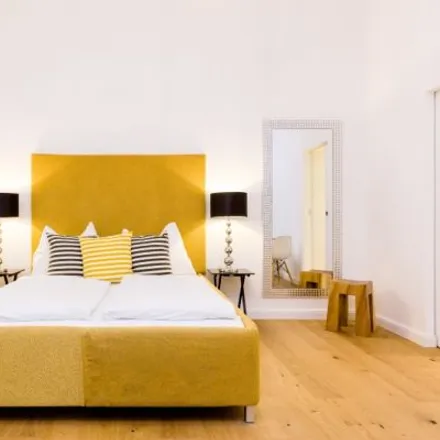
€1,490
Available: 04/08/2024
Listed: 26/07/2024
Alser Straße 14, 1090 Vienna, Austria
Apartment This Apartment is in Vienna Alsergrund.The Equipment includes : electric stove, oven, refrigerator, coffee machine, sofa, Television, double bed, hairdryer, ironing board, iron, lift, washing machine, vacuum cleaner, Intern...
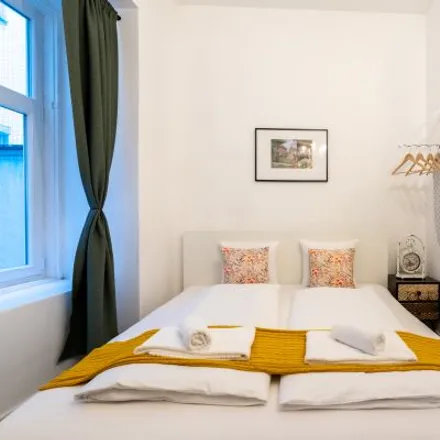
€1,869
Available: 12/11/2024
Listed: 26/07/2024
Adamsgasse 20, 1030 Vienna, Austria
Apartment Our studio home features an ideal location near the city centre. Famous restaurants, Museum Hundertwasser & Danube Canal are just a short walk away.fast public transport options20 mins walk from the down town</...
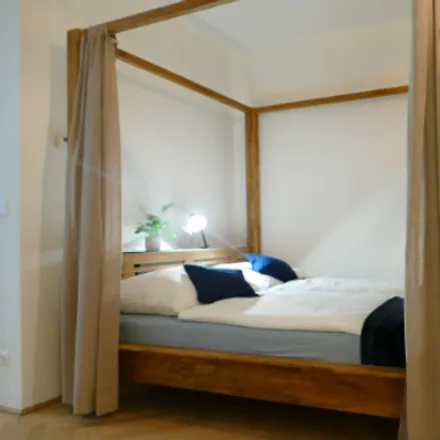
€1,980
Available: 26/07/2024
Listed: 26/07/2024
Tabak Trafik Kustura, Heinestraße 27, 1020 Vienna, Austria
Apartment Beautiful, modernly renovated old building studio with elevator, in a central location with optimal connections to public transport and within walking distance to the Augarten and Prater recreation areas.The bright and colo...
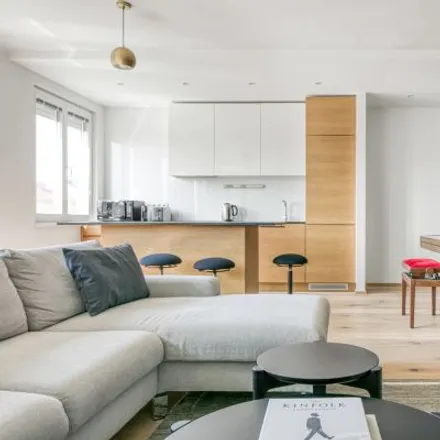
€2,808
Available: 02/10/2024
Listed: 26/07/2024
Franzensbrückenstraße 17, 1020 Vienna, Austria
Apartment Discover the best of Vienna, with this one bedroom apartment in 2nd district - Leopoldstadt. with views over the city It’ll be easy to simply show up and start living in this elegantly furnished apartment with its fully-equippe...
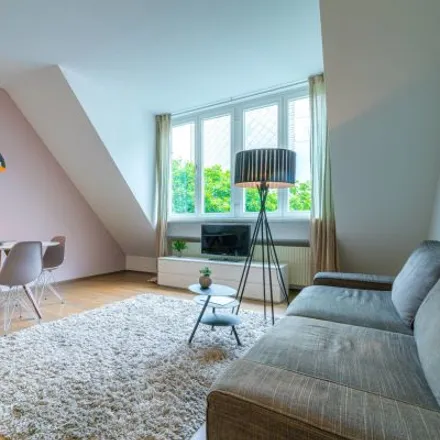
€2,869
Available: 10/08/2024
Listed: 26/07/2024
Strohgasse 14C, 1030 Vienna, Austria
Apartment Exclusively furnished apartment in Vienna close to Belvedere palace. Perfect for short and long term rentals for business travelers.Welcome to this exclusively furnished and fully equipped short term apartment in the 3. dis...
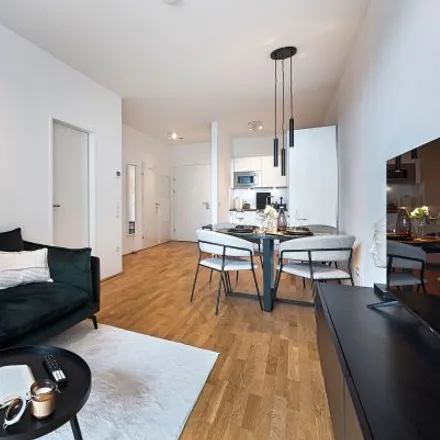
€1,790
Available: 01/09/2024
Listed: 26/07/2024
Leopold-Böhm-Straße 5, 1030 Vienna, Austria
Apartment For rent is a newly fully furnished and fully equipped 2-room apartment with a view and balconyThe perfectly cut apartment has 2 rooms, a fully equipped kitchenette (with dishwasher, fridge-freezer combination, built-in mic...
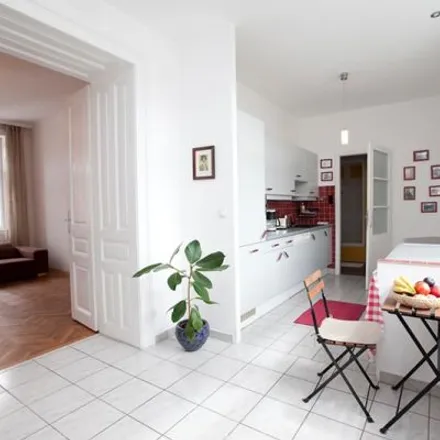
€3,300
Available: 27/07/2024
Listed: 26/07/2024
Franzensgasse 13, 1050 Vienna, Austria
Apartment Our Viennaflat Apartment Naschmarkt top is a lovely, bright apartment in a calm courtyard environment. It is located on the third floor of a typical Viennese apartment building from the 19th century. The high ceilings and the l...
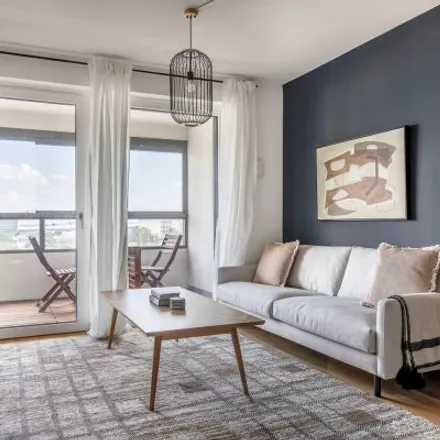
€2,701
Available: 07/09/2024
Listed: 26/07/2024
Trienna Shopping, Fred-Zinnemann-Platz 4, 1030 Vienna, Austria
Apartment Discover the best of Vienna, with this one bedroom apartment in 3rd district - Landstraße. with balcony views over the city It’ll be easy to simply show up and start living in this contemporary furnished apartment with its full...

€1,487
Available: 27/08/2024
Listed: 26/07/2024
Gumpendorfer Straße, 1060 Vienna, Austria
Central appart. near sightings, lift.Confortable apartment with lift and everything you need.A bedroom with a double bed. A bathroom with bath towels, a dinner-table that seats 6 people comfortably and a very cosy couch that can be extended t...

€2,547
Available: 23/09/2024
Listed: 25/07/2024
Wohllebengasse 10, 1040 Vienna, Austria
Right by Belvedere & Karlskirche, very central, quiet & spaciousLocation✦Walk to City Center, Belvedere, Karlskirche, etc.✦Central & premium 4th district✦Metro, Busses, trams✦Quick Access to Airport & Central Station✦Lots of R...
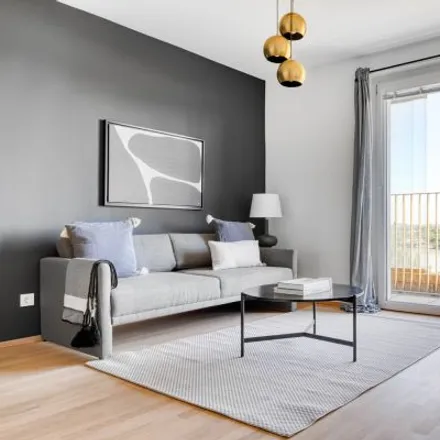
€2,391
Available: 02/11/2024
Listed: 26/07/2024
Handelskai 100A, 1200 Vienna, Austria
Apartment Show up and start living from day one in Vienna with this lovely one bedroom apartment. You’ll love coming home to this thoughtfully furnished, beautifully designed, and fully-equipped 20th district - Brigittenau home with stun...
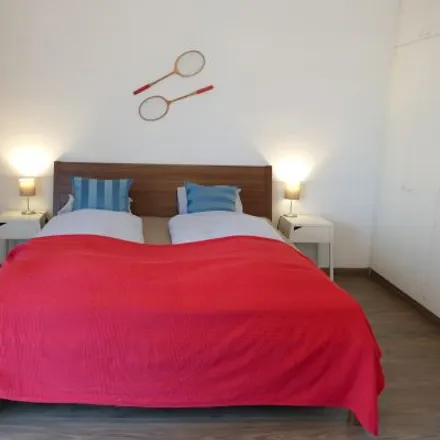
€2,900
Available: 27/09/2024
Listed: 26/07/2024
Tivoligasse 69, 1120 Vienna, Austria
Apartment Attention vintage lovers! This lovingly furnished apartment in the original mid-century style offers a very special flair. The bright and spacious rooms convey a particularly homely elegance with their design furnishings. The a...
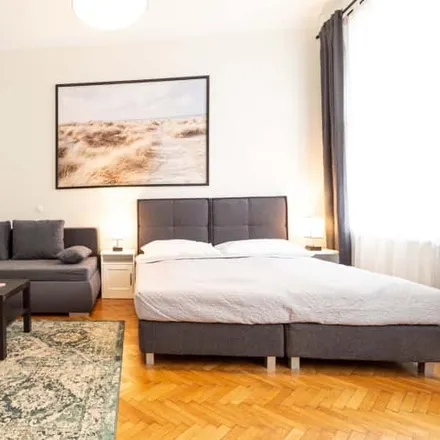
€2,388
Available: Right Now
Listed: 23/07/2024
Bürgerspitalgasse 29, 1060 Vienna, Austria
Our dedicated team visits all flats personally, the photos are recent and reliable so you can book online with peace of mind to avoid someone else doing it before you. This way you save time and get your favourite home.Minimum months rental: 1...
Apartments for Rent in Vienna
Vienna offers a diverse range of rentals catering to various lifestyles and preferences. From elegant apartments in historic buildings to modern condos in vibrant neighborhoods, the city provides options for every taste. And, tenants can find them all on Rentberry! For those seeking a touch of old-world charm, take a look at traditional Viennese apartments with high ceilings and intricate architectural details. Alternatively, contemporary urban dwellers can choose from sleek, minimalist apartments featuring open layouts and state-of-the-art amenities. Additionally, we have a vast selection of townhouses, lofts, and rooms for rent in Vienna, ensuring there is a rental to suit every individual's needs in this culturally rich city.
What is the Average Rent for Vienna, Austria Apartments?
The average rent for apartment in Vienna, Austria: €1,772
(+22.8%)
| Month | Median Price |
|---|---|
| Jun 2024 |
€1,902
|
| May 2024 |
€1,534
|
| Apr 2024 |
€2,040
|
| Mar 2024 |
€2,040
|
| Feb 2024 |
€2,040
|
| Jan 2024 |
€2,040
|
| Month | Median Price |
|---|---|
| Jun 2024 |
€1,772
|
| May 2024 |
€1,443
|
| Apr 2024 |
€1,721
|
| Mar 2024 |
€1,540
|
| Feb 2024 |
€1,540
|
| Jan 2024 |
€1,540
|
Be informed and make custom offers based on median rent prices. However, keep in mind that the price may vary depending on the size and amenities of the apartments for rent.
Renter's FAQ About Vienna, Austria
-
How can I find apartments for rent in Vienna?
To find apartments for rent in Vienna, you can start by searching online on rental platforms or contacting local real estate agencies. Additionally, you can explore local classifieds, social media groups, or ask for recommendations from friends or colleagues who have recently rented in Vienna.
-
What are the popular types of properties available for rent in Vienna?
In Vienna, the popular types of properties available for rent include apartments, rooms, houses, condos, and townhouses. The choice depends on your preferences and needs.
-
What are the most popular amenities offered in apartments for rent in Vienna?
Apartments for rent in Vienna often come with a range of amenities. Common amenities include a dishwasher, an elevator, a washer unit, a balcony, and furnished options. It's important to clarify your desired amenities while searching for your ideal rental.
-
Are there any rental incentives for apartments in Vienna?
While rental incentives are not guaranteed, some landlords in Vienna may offer rental incentives such as a discounted security deposit, one month's free rent, or waived fees. These incentives are often subject to negotiations and availability, so it is worth inquiring with the landlords or property managers during your apartment search.
-
Is public transportation easily accessible from most neighborhoods in Vienna?
Yes, Vienna has an excellent public transportation system that includes buses, trams, and a subway system (U-Bahn). Public transportation is easily accessible from most neighborhoods in Vienna, making it convenient for residents to commute within the city. It is recommended to consider the proximity to public transportation when selecting an apartment rental in Vienna.
Learn More About Renting in Vienna, Austria
What to Know About Renting in Vienna?
Renting in Vienna, Austria, can be an appealing option for many due to the city's high standard of living, cultural attractions, and excellent infrastructure. But you should know a few fundamental things to make this experience as easy as possible. Here are some key things every renter in Vienna should be aware of: 1. Rental market: Vienna has a highly competitive rental market due to its popularity and limited housing supply. The demand for rental properties, especially in central areas, often exceeds availability, leading to higher prices and fierce competition among renters. 2. Neighborhoods: Vienna has a variety of neighborhoods to choose from, each with its own character and charm. Some popular neighborhoods for renters include Innere Stadt, Mariahilf, and Leopoldstadt. 3. Rental duration and contracts: It's common for landlords in Vienna to offer long-term rental contracts, typically for a period of three years. However, shorter-term rentals and subletting options are also available. Ensure that you carefully review the terms and conditions of the rental contract before signing. 4. Registration: When you move to Vienna, you are required to register your residence at the local registration office within three days. This process is called Meldepflicht. Registration is mandatory and necessary for various administrative processes, including obtaining certain documents and accessing public services. Keep in mind that tenants have to register every time they change their address; however, after the first time, you should be able to do it online. 5. Renters’ protection: Austrian law provides considerable protection for tenants, including regulations on rent increases, notice periods for termination, and restrictions on evictions. Familiarize yourself with these regulations to understand your rights and responsibilities as a tenant in Vienna.

Business and Employment
Vienna's thriving business landscape and strong employment opportunities make it an ideal city for renters seeking professional growth. Various international corporations set up their Eastern European headquarters in Vienna or prefer to conduct business with these countries from their Vienna offices. Also, many world-renowned brands enter Central and Eastern European countries by partnering with firms in Vienna or acquiring Austrian companies as subsidiaries. With a diverse range of industries, from finance and technology to tourism and research, Vienna offers a wealth of job prospects for any tenant whose priority is career development.

Climate
Overall, Vienna's climate caters to renters seeking diverse and comfortable living conditions throughout the year. The city’s climate can be characterized as dry continental thanks to the Alps that shield the city from wind and cyclones. Summers are warm and pleasant, offering the perfect opportunity to explore the city's lush parks and vibrant outdoor cafes. Winters bring tenants a touch of magic with occasional snowfall, creating a picturesque backdrop for the city's famous Christmas markets. Spring and autumn come with mild temperatures, ideal for enjoying Vienna's cultural events and strolling along its charming streets.

Demographics
Vienna's diverse demographics offer a vibrant and inclusive environment for renters. Almost 1.9 million people live in Vienna, around 38% of which have a foreign origin or some sort of immigrant background, including naturalized residents. According to a study by the UN-Habitat, Vienna demonstrates a population growth of 4.65% and, by 2025, could become the fastest-growing European city region.

Transportation
Public transport in Vienna is coordinated by the Verkehrsverbund Ost-Region (VOR), which also includes Lower Austria and Burgenland. As a renter here, you'll have access to an extensive network of transportation options. Hop on the reliable and efficient subway system, known as the U-Bahn, which connects you to all corners of Vienna. Trams and buses offer excellent coverage, too, ensuring easy exploration of the city's attractions. With well-planned bike lanes and a bike-sharing system, cycling is a popular and eco-friendly choice. Overall, Vienna's transportation infrastructure guarantees a seamless and enjoyable experience for renters.
Best Neighborhoods to Rent in Vienna
Alsergrund
Vienna's 9th District, also known as Alsergrund, boasts broad and graceful boulevards with 19th-century mansions. The most famous of them is the house of Sigmund Freud, now serving as a museum of the father of psychoanalysis. One of the most picturesque campuses of the University of Vienna is also located here. It is known as the Altes AKH complex, a 17th-century hospital, and it is full of charming gardens and cozy courtyards. The area is young and hip and has plenty of underground music venues, pubs, and bars that cater to students and the LGBTQ+ community, which is also strong in this neighborhood. Apartments for rent in this part of Vienna are priced higher than average.
Landstrasse
The 3rd District is one of the most iconic Vienna neighborhoods, specifically due to Belvedere, the birthplace of the Austrian republic, and the unique museum of Vienna Secession. The Upper Belvedere provides the most picturesque view of the city, while Lower Belvedere usually exhibits modern artists and contemporary exhibitions. They are connected by a lovely french garden, a favorite spot for walks among local residents. This neighborhood is also a popular shopping destination with chic shops and shopping centers located in Mitte. The world-renowned Hundertwasserhaus can also be found here, together with a museum dedicated to its architect — Kunst Haus museum.
Aspern
Aspern is an innovative urban development in the 22nd District. The project is one of the biggest gentrification efforts in the European Union. This mixed-use district with residential, commercial, scientific, educational facilities, and office spaces will be fully completed by 2028. Affordable apartments for rent for thousands of people will be created on 240 hectares — the size of an entirely new district. In addition, the district will provide thousands of employment opportunities in the service segment as well as in the areas of commerce, trade, research, health, and education.
Simmering
Simmering is the 11th District of Vienna and is characterized by industrial and residential streets. Simmering Hauptstrasse is filled with cheap shops and kebab stands. Here, the Gasometers — four former gas tanks — were converted into house shops, entertainment venues, and apartments for rent. The Art Deco church of St. Karl Borromeo is surrounded by the massive central cemetery, where the graves of famous people such as Beethoven and Schubert are located.
Ottakring
Ottakring, the 16th District, offers a multicultural, urban atmosphere. Known as "Balkanstrasse,” Ottakringer Strasse is lined with numerous Serbian cafes. Turkish specialties are offered in the busy Brunnenmarkt street market. Around the nearby Yppenplatz, there are hip restaurants with outdoor areas on the square. On the western edge of Ottakring, the Wienerwald beckons with hiking trails and a panoramic view of the city from Wilhelminenberg.
